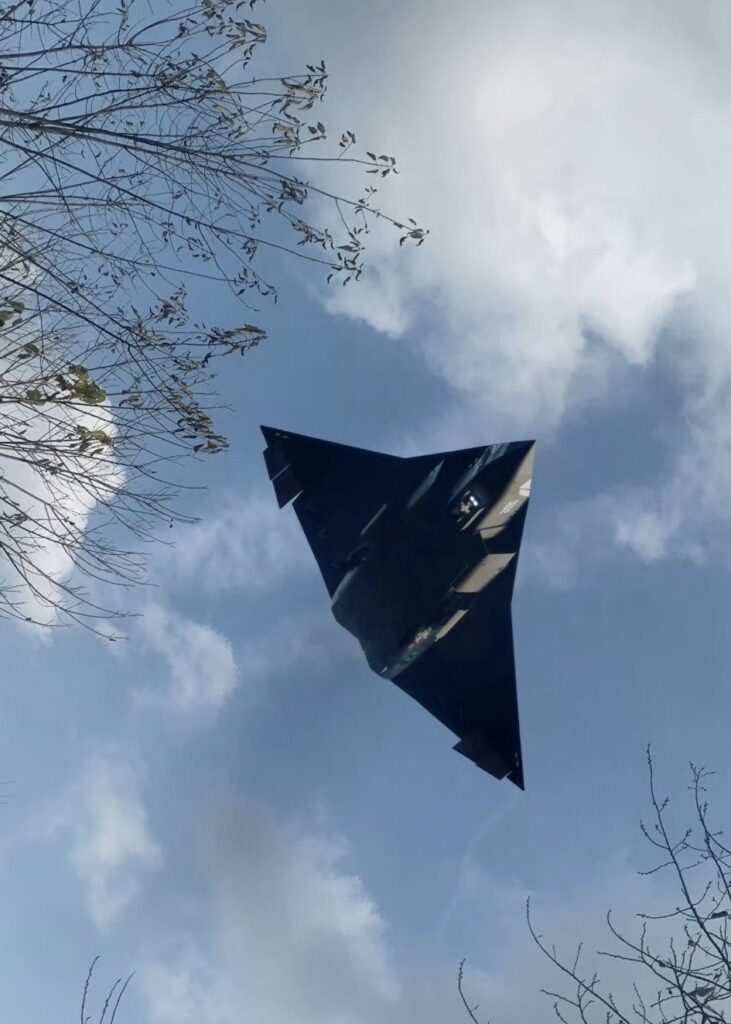
The J-36 is a fascinating piece of modern aviation design, often celebrated for its sleek lines and cutting-edge engineering. Capturing it in closeup shots offers a completely different perspective than viewing it from a distance. Instead of focusing on the full silhouette of the aircraft in flight, closeup photography reveals the subtle artistry that goes into every rivet, curve, and surface finish. These details tell the story of precision manufacturing and the pursuit of aerodynamic perfection.
One of the most striking areas to capture is the nose section. In closeup, the contours of the J-36’s nose cone highlight the balance between form and function. The seamless blending of composite materials, radar-absorbent coating, and fine detailing around the sensor arrays show the sophistication of modern stealth technology. A macro shot of the air intake, for instance, exposes how the intake lips are sculpted to reduce drag while ensuring optimal airflow to the engines—a design feature that’s both elegant and functional.
Moving along the fuselage, closeup shots reveal subtle surface treatments that are easy to overlook from afar. The paintwork often has a matte finish, designed to minimize radar reflection and glare. Under natural light, this coating takes on a textured appearance, absorbing rather than reflecting brightness. When captured correctly, the photos highlight the interplay of light and shadow that emphasizes the aircraft’s stealth profile. Even the panel seams, flush-mounted screws, and maintenance markings contribute to the sense of precision and discipline behind the J-36’s construction.
The cockpit area is another captivating subject for closeup photography. With the canopy closed, reflections from the tinted glass give a mirror-like effect, sometimes blending the aircraft into the sky around it. A tight shot of the canopy frame reveals the precision of its seals and hinges—details that matter not just for aerodynamics but also for pilot safety. If photographed during maintenance or preparation, the open cockpit offers glimpses of complex instrumentation, from digital flight displays to ergonomic control systems. These shots capture the intersection of human interface and advanced technology, showing how every control is designed with purpose.
The engine nozzles and exhaust area are equally photogenic. Up close, the metal alloys display subtle discolorations from heat and use, forming gradients of blue, bronze, and silver. This part of the aircraft tells the story of power—how raw thrust is harnessed and directed with millimeter precision. A well-lit closeup here emphasizes both the beauty and intensity of mechanical engineering under extreme conditions.
Finally, the landing gear provides a different kind of visual appeal. Hydraulic lines, reinforced joints, and intricate mechanisms form a network of moving parts that contrast sharply with the smooth outer skin of the aircraft. Capturing these components at rest reveals the complexity hidden beneath the J-36’s minimalist exterior.
In closeup photography, the J-36 transforms from a single machine into a collection of remarkable details. Every shot, whether of a sensor array or a heat-stressed panel, reflects the blend of science, art, and innovation that defines modern aviation. These closeups remind us that the beauty of the J-36 lies not just in its flight, but in the craftsmanship that makes flight possible.


